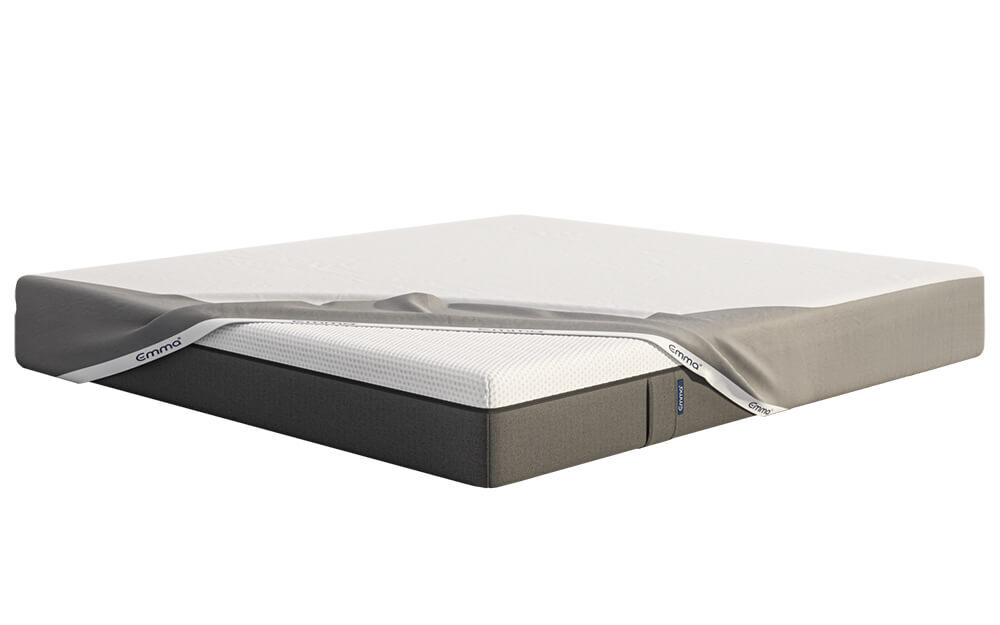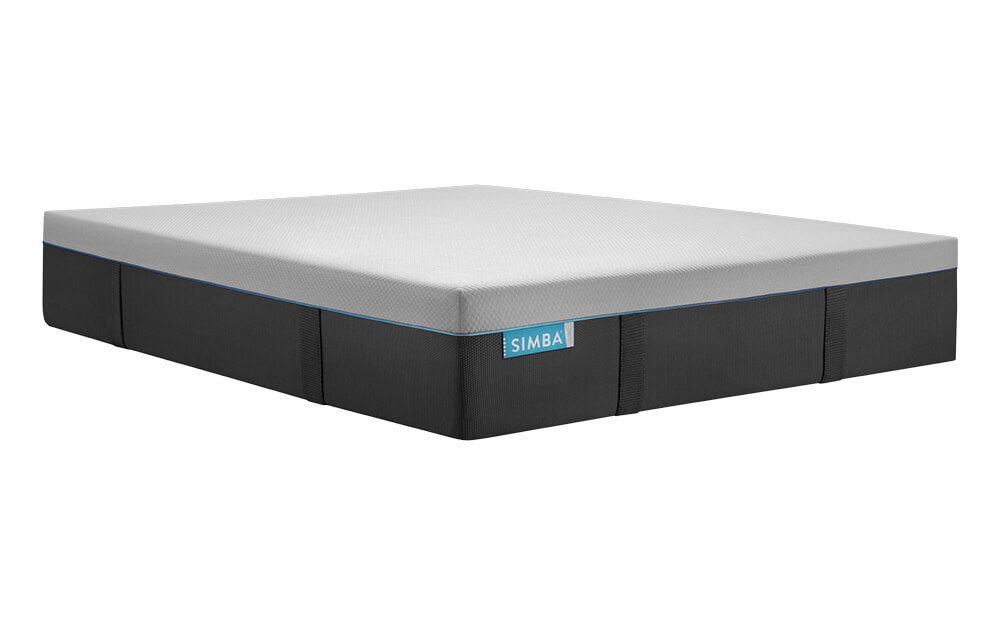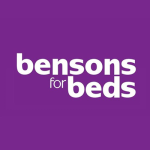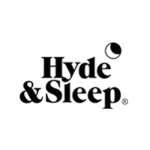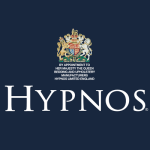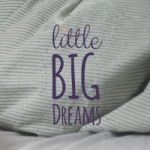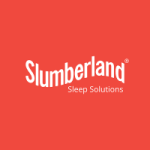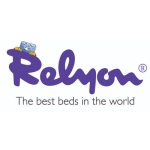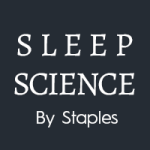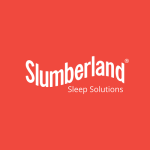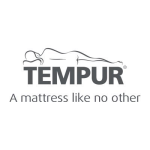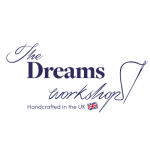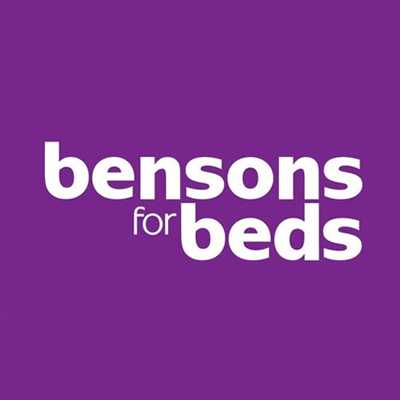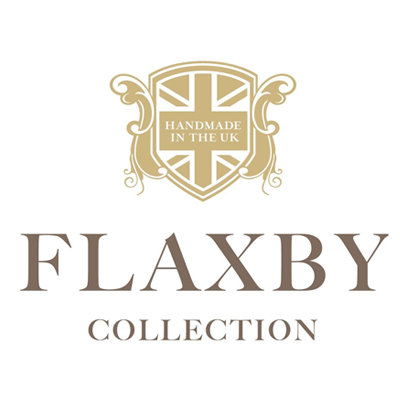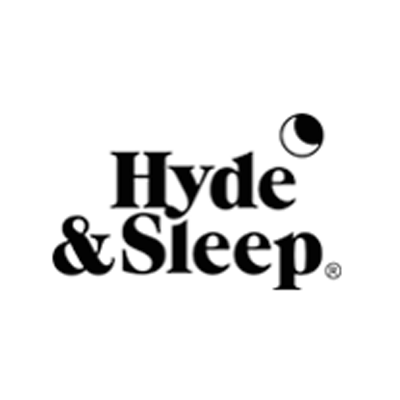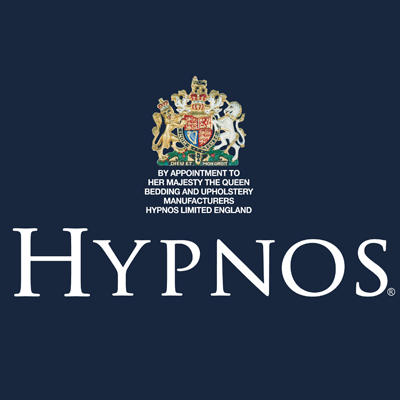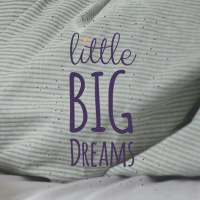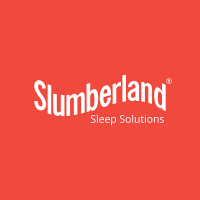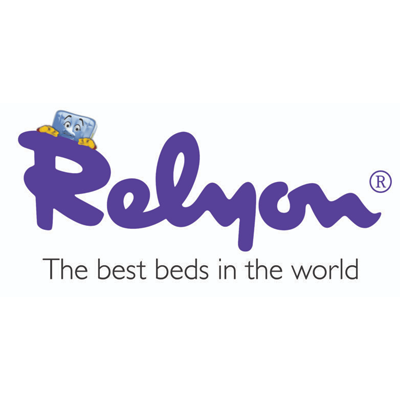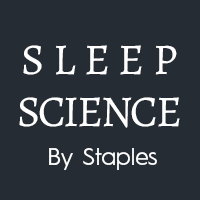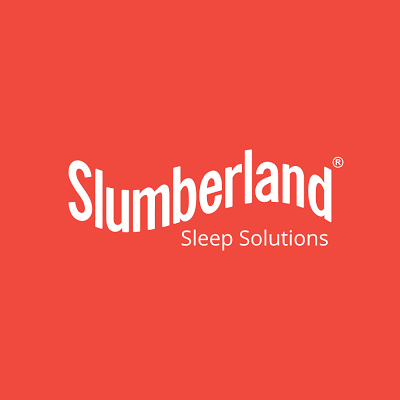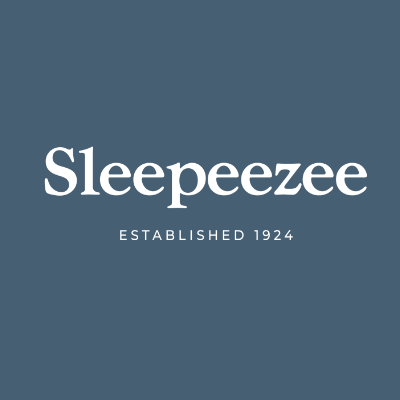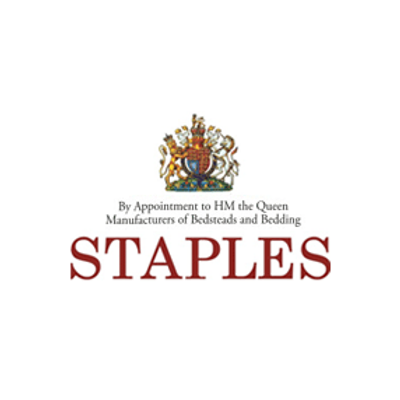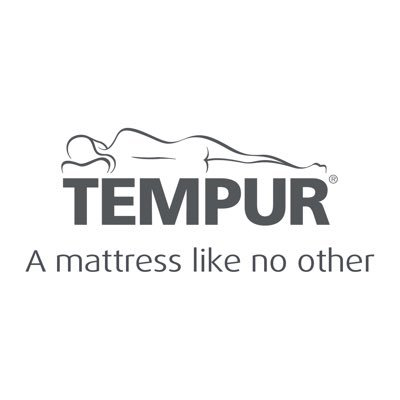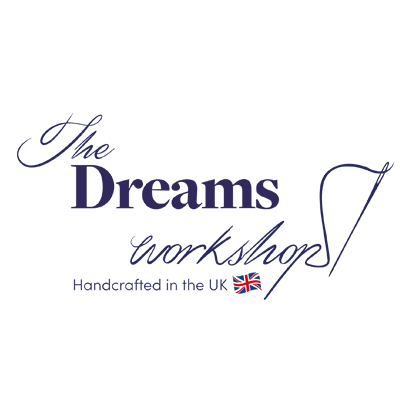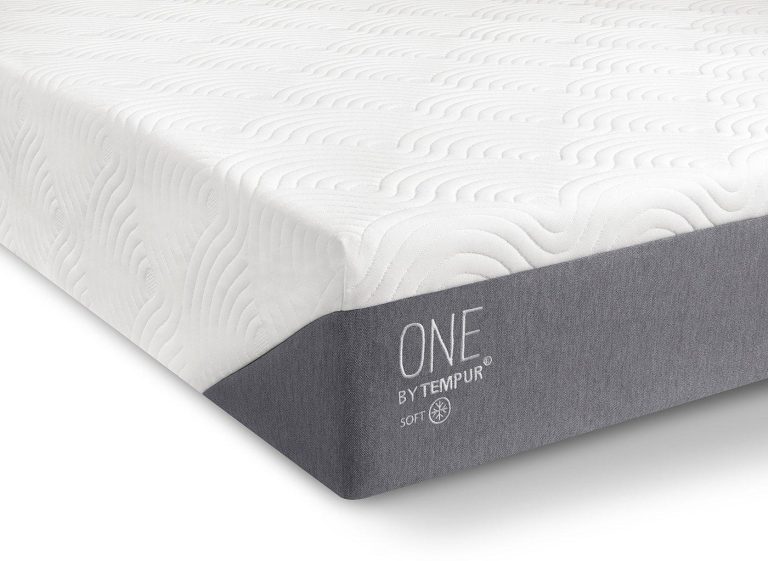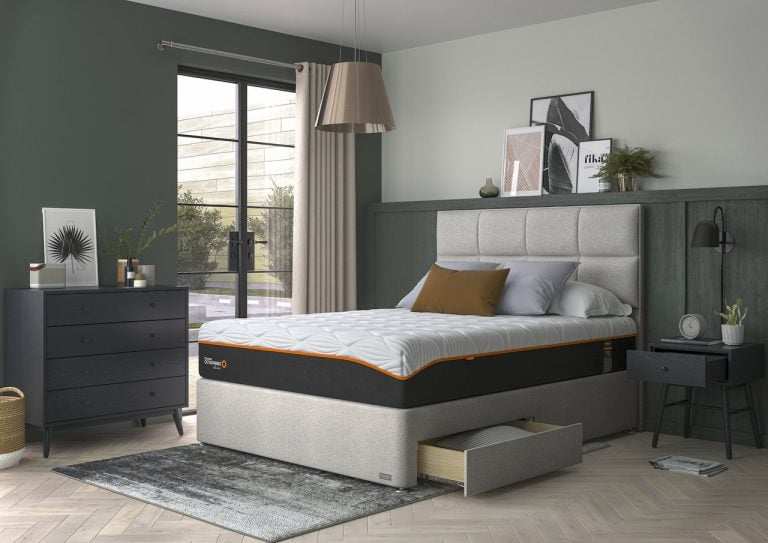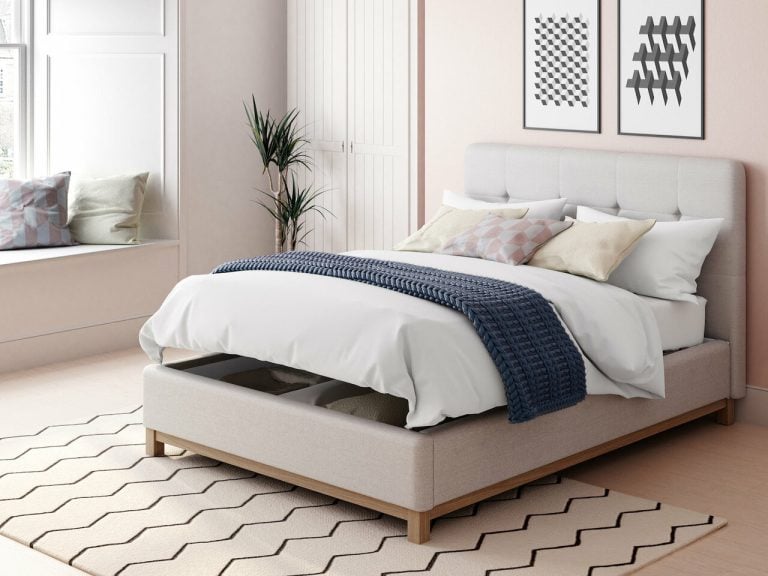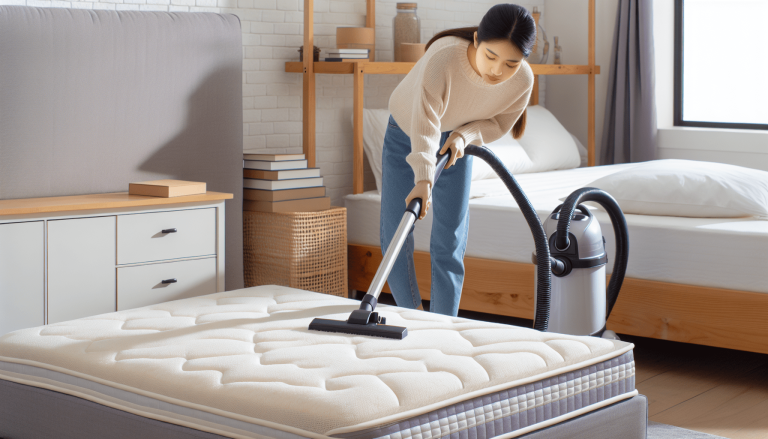If you find yourself constantly sneezing or waking up with itchy eyes and a stuffy nose, you may be in need of a mattress with hypoallergenic and dust-resistant features. Dust mites and allergens lurking in your mattress can wreak havoc on your sleep quality and overall health. Luckily, there are mattresses available that are specifically designed to combat these issues. In this article, we will explore the benefits of hypoallergenic and dust-resistant mattresses and how they can provide you with a cleaner and healthier sleeping environment. So, say goodbye to restless nights and hello to a more restorative sleep experience!
Table of Contents
ToggleWhat are hypoallergenic mattresses?
Hypoallergenic mattresses are specially-designed mattresses that are created to minimise the risk of triggering allergic reactions in individuals who are sensitive or allergic to certain allergens. These mattresses are made from materials that are less likely to harbour allergens such as dust mites, mould, and pet dander, helping to create a healthier sleeping environment for those with allergies.
Definition
Hypoallergenic mattresses are mattresses that have been manufactured with materials and construction techniques that reduce the presence of allergens. These mattresses are designed to provide a barrier against common allergens and minimise exposure to potential irritants, making them suitable for individuals with allergies or asthma.
Benefits
The benefits of using hypoallergenic mattresses are numerous. For individuals who suffer from allergies or asthma, these mattresses can provide a significant improvement in their quality of sleep and overall well-being. By reducing exposure to allergens, hypoallergenic mattresses can help alleviate common symptoms such as sneezing, coughing, and itching. Additionally, these mattresses can also help to prevent the growth of mould and mildew, which can contribute to respiratory issues and other health problems.
What are dust-resistant mattresses?
Dust-resistant mattresses, also known as dust mite-resistant mattresses, are designed specifically to minimise the presence of dust mites, which are one of the most common allergens found in mattresses. These mattresses are constructed using materials and features that are less likely to harbour dust mites and their waste, creating a healthier sleeping environment for allergy sufferers.
Definition
Dust-resistant mattresses are mattresses that have been specially-designed to reduce the presence of dust mites. These mattresses are made from materials that are less likely to attract dust mites, and they also incorporate features such as allergen-barrier covers to prevent dust mite infestations. By minimising the presence of dust mites, dust-resistant mattresses can provide relief for individuals with allergies or asthma.
Benefits
The benefits of using dust-resistant mattresses are similar to those of hypoallergenic mattresses. By reducing the presence of dust mites, these mattresses can help to alleviate symptoms such as sneezing, wheezing, and itching. Dust-resistant mattresses can also help to prevent the accumulation of dust mite waste, which can be a common trigger for respiratory issues and allergic reactions. Overall, the use of dust-resistant mattresses can contribute to a cleaner and healthier sleeping environment.
The connection between allergies and dust mites
Dust mites are tiny, microscopic creatures that are present in virtually every home. They thrive in warm and humid environments, making mattresses and bedding an ideal breeding ground. For individuals with allergies, dust mites can be a major trigger, causing a range of symptoms and discomfort.
How dust mites can trigger allergies
Dust mites produce waste particles that can become airborne and be inhaled by individuals. These waste particles contain allergens that can trigger allergic reactions in sensitive individuals. When exposed to these allergens, the immune system of individuals with allergies may overreact, leading to symptoms such as sneezing, nasal congestion, watery eyes, and even asthma attacks.
Common symptoms of dust mite allergies
symptoms of dust mite allergies can vary from person to person, but common signs include:
- Persistent sneezing
- Runny or stuffy nose
- Itchy or watery eyes
- Coughing and wheezing
- Skin irritations or rashes
- Difficulty breathing or asthma attacks
- Poor sleep and fatigue
It is important for individuals suffering from these symptoms to take steps to minimise their exposure to dust mites and create a cleaner sleeping environment.
Features to look for in hypoallergenic and dust-resistant mattresses
When shopping for hypoallergenic and dust-resistant mattresses, there are several key features to consider. These features can help determine the effectiveness of the mattress in reducing allergens and promoting a healthier sleeping environment.
Certifications for hypoallergenic mattresses
Look for mattresses that have been certified as hypoallergenic by reputable organisations. Certifications such as Oeko-Tex Standard 100 or the Global Organic Textile Standard (GOTS) indicate that the mattress has undergone rigorous testing to ensure it meets specific standards for allergen control.
Materials and construction
Pay attention to the materials and construction of the mattress. Opt for mattresses made from hypoallergenic materials, such as natural latex or organic cotton. These materials are less likely to harbour allergens and can help create a healthier sleeping environment.
Allergen-barrier covers
Consider mattresses that come with allergen-barrier covers. These covers act as an additional layer of protection against dust mites and other allergens, preventing them from penetrating the mattress and causing allergic reactions.
Easy-to-clean design
Choose mattresses with a design that makes them easy to clean. Look for features such as removable and washable covers or mattresses with antimicrobial properties that inhibit the growth of allergens like mould and bacteria.
Types of hypoallergenic materials used in mattresses
Hypoallergenic mattresses are made with a variety of materials that are less likely to cause allergic reactions. Some common hypoallergenic materials used in mattresses include:
Natural latex
Natural latex is a popular material used in hypoallergenic mattresses. It is resistant to mould, dust mites, and other allergens, making it a favourable choice for individuals with allergies or sensitivities. Latex mattresses are also known for their durability and comfort.
Organic cotton
Organic cotton is another hypoallergenic material used in mattresses. It is grown without the use of pesticides or chemicals, reducing the risk of exposure to allergens. Organic cotton mattresses are breathable and can regulate temperature, providing a comfortable and allergen-free sleep environment.
Bamboo
Bamboo is a natural and sustainable material that is increasingly being used in hypoallergenic mattresses. Bamboo mattresses are known for their breathability and moisture-wicking properties, reducing the likelihood of dust mites and mould growth. Additionally, bamboo is hypoallergenic, making it suitable for individuals with allergies or sensitivities.
The importance of maintaining a clean sleeping environment
Maintaining a clean sleeping environment is crucial for individuals with allergies or sensitivities. Regular cleaning and the use of protective covers can significantly reduce allergen exposure and promote better sleep quality.
Regular cleaning routines
It is important to regularly clean your mattress and bedding to remove dust mites, dead skin cells, and other allergens. Vacuuming your mattress, washing your bedding in hot water, and periodically airing out your mattress can help minimise the presence of allergens.
Using mattress protectors and covers
Using mattress protectors and covers can provide an extra layer of protection against allergens. These covers are usually made of allergen-barrier materials that prevent dust mites, mould, and other allergens from nesting in the mattress. They are also easy to clean and maintain.
Top brands and models of hypoallergenic and dust-resistant mattresses
Several top brands offer hypoallergenic and dust-resistant mattresses that have gained popularity for their quality and allergen-reducing features. Here are some notable brands and models:
Helix Midnight Mattress (Best Overall Mattress for Allergies)
Type: Hybrid
Firmness: Medium-Firm
Description: The Helix Midnight Mattress is designed for back sleepers, offering a dense foam transitional layer and reinforced coils for optimal support and comfort. It features memory foam that conforms to the body, distributing weight and alleviating pressure points. The mattress is known for its temperature control, breathability, and allergen resistance, making it ideal for allergy sufferers. It also has thicker coils along the perimeter for enhanced edge support.
Saatva Classic Mattress (Best For Combating Latex Allergies)
Type: Innerspring
Firmness: Available in Plush-Soft, Medium-Firm, and Firm
Description: The Saatva Classic Mattress is a latex-free option, combining steel innersprings with a plush layer of nontoxic memory foam and an organic cotton cover. It includes a botanical antimicrobial treatment to protect against bacteria, mould, and mildew. The mattress offers excellent edge support and is designed to alleviate allergies or inflammatory conditions that can be aggravated by chemicals.
Nectar Mattress (Best For All Sleeping Positions)
Type: Foam
Firmness: Medium-Firm
Description: The Nectar Mattress is an affordable memory foam bed with hypoallergenic features, making it suitable for allergy and asthma patients. It has a breathable cover made of a poly-blend fabric with cooling technologies. The mattress is designed to regulate body temperature and resist dust mites, offering a comfortable and allergen-free sleep environment.
These mattresses are specifically designed to minimise allergens and provide a comfortable sleeping experience for those with allergies.
Budget-friendly options for hypoallergenic and dust-resistant mattresses
While hypoallergenic and dust-resistant mattresses can sometimes come with a higher price tag, there are also budget-friendly options available that provide similar benefits. Here are a couple of examples:
Simbatex Foam Mattress
Type: All-Foam
Firmness Level: Medium-Firm
Description: The Simbatex Foam mattress is an advanced all-foam mattress known for its cooling properties, which are significantly better than standard memory foam mattresses. It features a Simbatex foam comfort layer, a Simba response foam layer, and a high-density zoned foam base, all contained within a premium 500-hypoallergenic removable cover. This mattress is particularly suitable for side and back sleepers, offering optimal alignment of the spine and neck. The cooling graphite infused in the foam helps to absorb extra heat, making it one of the coolest all-foam mattresses available. It also includes a 200-night sleep trial and a 10-year guarantee.
Emma’s Original Plus Mattress
Type: Memory Foam
Firmness Level: Soft
Description: The Emma Original Plus is an award-winning memory foam mattress and one of the UK’s most popular choices. It consists of three layers of premium foam, providing soft comfort with sufficient support and stability. The mattress is particularly suitable for lighter-weight people and side sleepers. It includes a removable mattress cover that can be machine-washed at up to 60°C. The Emma Original Plus also features an advanced temperature-regulating Diamond Hybrid cover. It comes with a risk-free 200-night trial period and a 10-year guarantee.
These mattresses offer a combination of hypoallergenic properties and dust resistance, making them ideal for allergy sufferers looking for budget-friendly options.
Tips for purchasing a hypoallergenic and dust-resistant mattress
When purchasing a hypoallergenic and dust-resistant mattress, consider the following tips to ensure you make an informed decision:
Identifying personal allergies and sensitivities
Take note of your specific allergies and sensitivities when selecting a mattress. Consider whether you are allergic to dust mites, mould, or pet dander, and choose a mattress that addresses your specific needs.
Reading customer reviews and ratings
Before making a purchase, read customer reviews and ratings to get an idea of the mattress’s performance and its ability to reduce allergens. Pay attention to feedback from individuals with similar allergies or sensitivities.
Warranty and return policies
Check the warranty and return policies of the mattress to ensure you have the option to return or exchange it if it does not meet your expectations or alleviate your allergies as expected.
Conclusion
Hypoallergenic and dust-resistant mattresses offer individuals with allergies or sensitivities a way to create a healthier sleeping environment. By using materials that are less likely to harbour allergens and incorporating features that prevent dust mites and mould growth, these mattresses can provide relief from common allergy symptoms. When choosing a hypoallergenic mattress, look for certifications, consider the materials and construction, and prioritise easy-to-clean design. By taking proactive steps to minimise allergens in your sleeping environment, you can improve your overall sleep quality and well-being.


